
Since the dawn of human civilization, horses have played a vital role in shaping cultures, economies, and histories. While many horses are celebrated for their beauty, speed, or elegance, others have earned their legacy through raw strength — their ability to pull, carry, and endure tasks that challenge the limits of muscle and bone. Among these equine titans, a few breeds and individuals stand out as paragons of power.
This article delves deep into the world of the strongest horse, exploring the breeds known for their might, the science behind their strength, legendary individual horses, and the role of strength in equine history and modern use.
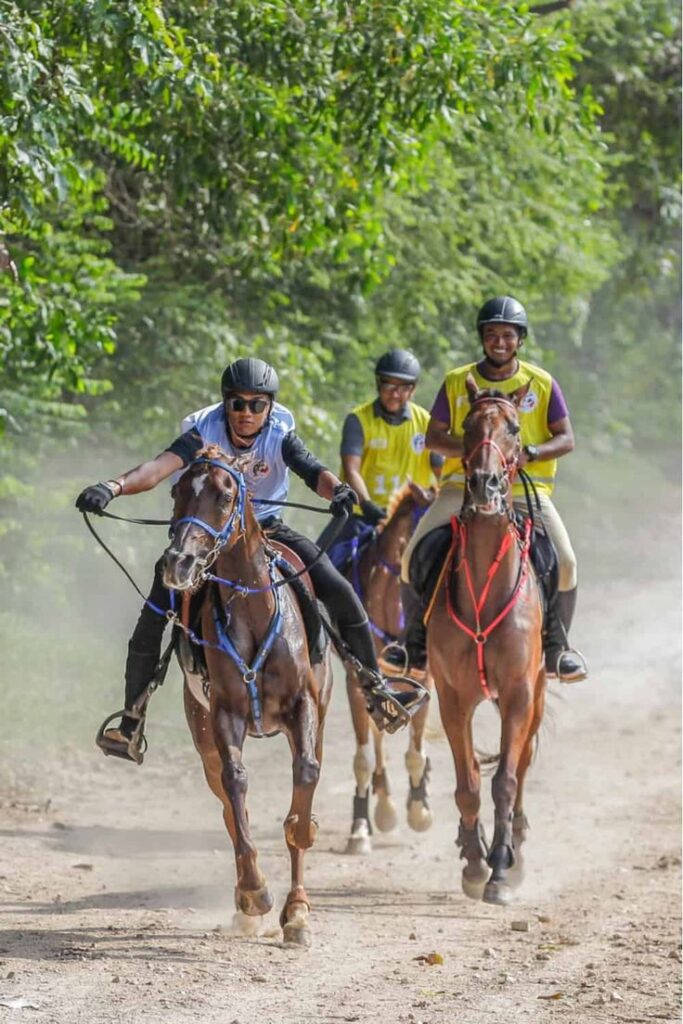

What Makes a Horse Strong?
Strength in horses can be measured in several ways:
- Pulling Power: How much weight a horse can drag or pull, especially important in logging, agriculture, and competitive pulling.
- Carrying Capacity: The ability to bear a rider or load over long distances.
- Stamina and Endurance: While not the same as explosive strength, endurance requires incredible muscular resilience.
- Muscle Mass and Structure: Thick, well-developed musculature, strong legs, and broad chests often indicate power.
While speed-focused breeds like Thoroughbreds dominate racing, draft horses take the crown when it comes to strength.

Top 5 Strongest Horse Breeds
1. Belgian Draft Horse
Height: 16–18 hands
Weight: 1,800–2,400 pounds
The Belgian Draft is often considered the strongest horse breed in the world. Originally bred in Belgium for farm work and war, modern Belgian horses are incredibly muscular and calm in temperament. They dominate draft horse pulling competitions, with some individuals reportedly able to pull over 8,000 pounds on sleds during short bursts.
In 1946, a pair of Belgians in the U.S. reportedly pulled 17,000 pounds over a short distance — a feat unmatched in formal pulling contests.

2. Shire Horse
Height: 17–19 hands
Weight: 1,800–2,400 pounds
The Shire Horse, native to England, was originally bred to carry knights in armor and later used to haul beer wagons and heavy loads. Known for their towering size and feathered legs, Shires are gentle giants. The largest horse ever recorded, Sampson (later renamed Mammoth), was a Shire that stood 21.2 hands tall and weighed 3,360 pounds.
While slightly less compact than Belgians, Shires are immensely strong and were once the industrial engine of Great Britain.

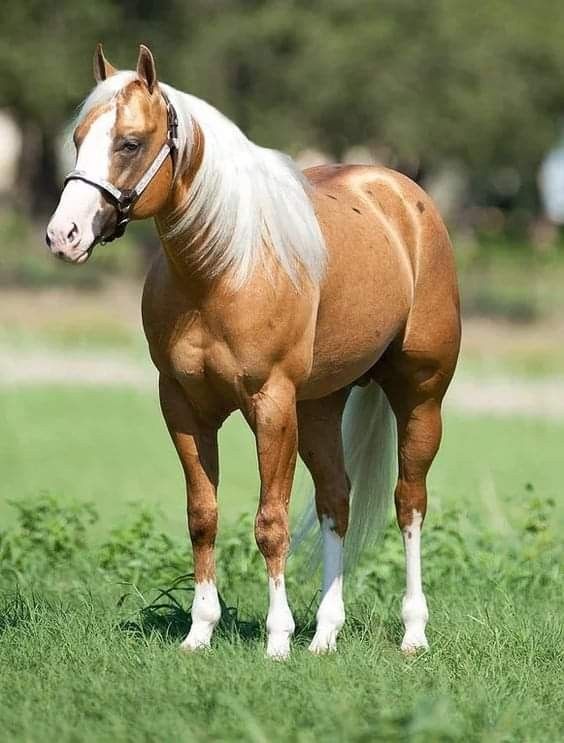
3. Clydesdale
Height: 16–18 hands
Weight: 1,600–2,000 pounds
Made famous worldwide by the Budweiser advertisements, the Clydesdale is a Scottish draft horse known for strength and beauty. Though more refined than other draft breeds, they are still powerful pullers. Historically used in agriculture and heavy hauling, Clydesdales combine stamina with style — their signature feathered legs and flashy gaits make them crowd favorites.

4. Percheron
Height: 15–19 hands
Weight: 1,800–2,600 pounds
Originally from France, the Percheron is one of the most versatile draft breeds. While less bulky than the Belgian, Percherons have a higher degree of agility and endurance, making them ideal for both farm work and riding. They’re especially popular in the U.S. as carriage horses, parade animals, and even police mounts due to their calm nature.
Their combination of strength and versatility makes them standout examples of equine athleticism.

5. Suffolk Punch
Height: 16–17 hands
Weight: 1,600–2,000 pounds
One of the oldest English draft breeds, the Suffolk Punch is known for its deep chestnut color, muscular build, and honest temperament. Unlike some other draft breeds, Suffolks were bred specifically for farm labor, which required consistency, power, and endurance. While rare today, efforts are underway to conserve and celebrate this quietly powerful breed.

Legendary Strong Horses in History
Beyond breed generalizations, some individual horses have achieved legendary status due to their strength.
Sampson (Mammoth) – The Giant of History
Foaled in 1846 in England, Sampson was a Shire gelding who grew to 21.2 hands (7 feet, 2.5 inches) tall at the withers and weighed 3,360 pounds. While precise pulling records are scarce, his immense size alone cements his reputation as possibly the largest horse in recorded history.
Brooklyn Supreme – The Heaviest Horse
A Belgian Draft born in 1928 in Iowa, Brooklyn Supreme weighed a staggering 3,200 pounds and stood 19.2 hands tall. With a girth of 10 feet, he was both a marvel and a symbol of American agricultural might. Though gentle in nature, his strength was reportedly astonishing, capable of pulling loads far heavier than most draft pairs.

Strength in Action: Horse Pulling Contests
Draft horse pulling competitions are popular in the U.S., Canada, and parts of Europe. In these events, pairs of horses compete to pull weighted sleds over short distances. The weight increases each round until only one team remains.
- Belgians dominate these events due to their compact, muscular builds.
- Sleds can reach weights of over 10,000 pounds.
- Pulls often happen on dirt or sand to increase friction and challenge.
These competitions are a modern celebration of the horse’s historical role in logging, mining, and farming — activities that shaped infrastructure and industry.
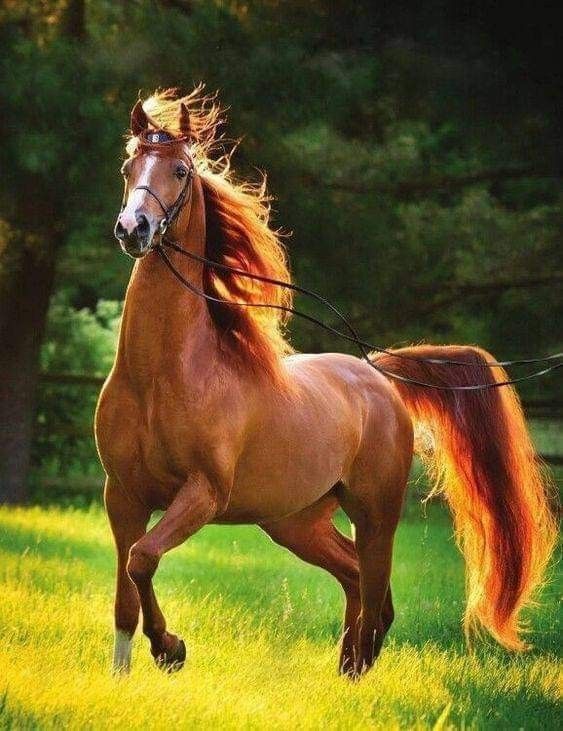
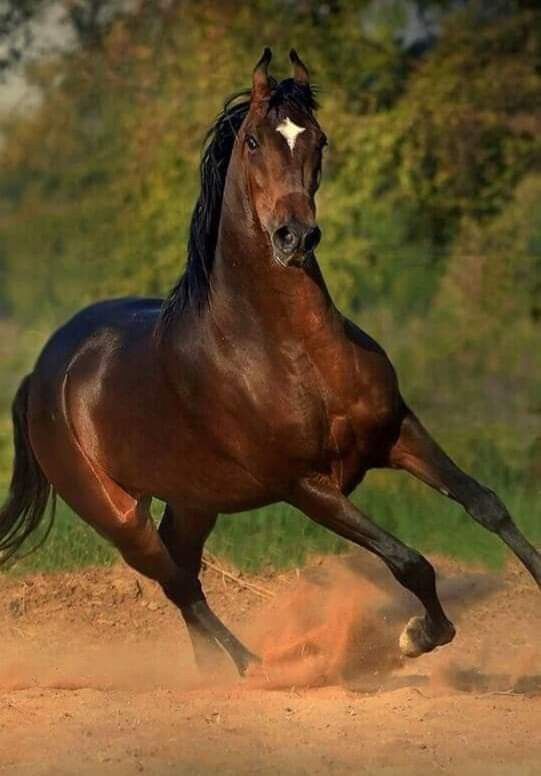
Strength Beyond Pulling: Other Measures of Power
While pulling is the most dramatic display of equine strength, other traits also show the powerful versatility of horses:
Endurance
- Arabian horses, though not as muscular, can travel up to 100 miles a day in endurance races.
- Mustangs, bred by nature rather than humans, survive harsh climates and long treks in the wild, proving that strength is also about adaptability and resilience.
War Horses
In ancient and medieval warfare, strength was essential for horses to carry armored knights, pull war chariots, or charge into battle. Breeds like the Destrier (a type of medieval warhorse) may no longer exist, but their legacy lives on in modern draft horses, which share similar builds and power.
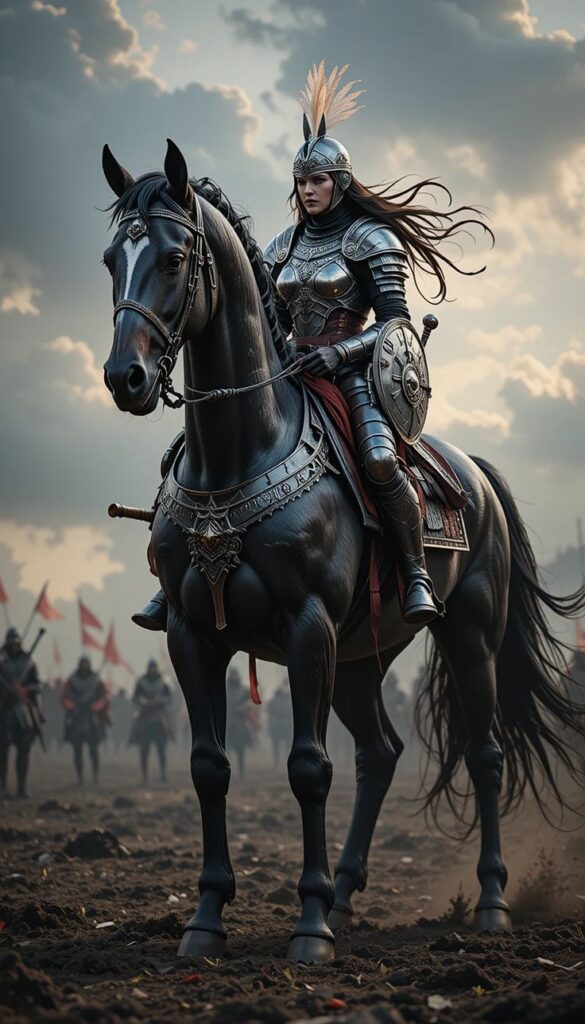

Feeding and Training for Strength
A strong horse isn’t just born — it’s raised and maintained with care:
- Nutrition: High-quality hay, grains, and mineral supplements are crucial. Draft breeds eat up to 30 pounds of food a day and drink 15–20 gallons of water.
- Training: Pulling horses must be conditioned slowly. Overtraining can damage joints, so strength is built progressively.
- Shoeing and Care: Strong horses often carry a lot of weight, so regular farrier work is essential to prevent injury and maintain hoof health.


Ethics and the Modern Role of Strong Horses
In modern times, machines have replaced horses for most labor tasks. Yet strong horses still play important roles in:
- Eco-friendly logging (horse-logging in dense forests)
- Agricultural tourism (plow teams at historical farms)
- Parades and exhibitions
- Equine therapy (large draft horses offer a calming presence)
As awareness of animal welfare grows, there’s a shift from using strength purely for labor to appreciating it as part of equine heritage and character. Well-kept draft horses are now ambassadors of history and gentle giants that connect humans to simpler times.
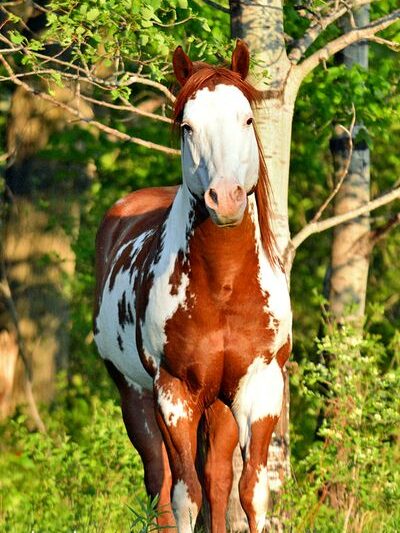

Strongest Horse vs. Fastest Horse: A Contrast of Champions
To appreciate the strength of draft breeds, it’s helpful to compare them with the Thoroughbred, widely considered the fastest horse breed.
- A Thoroughbred like Secretariat could reach speeds of 40+ mph, but weighed around 1,200 pounds.
- A Belgian Draft may weigh twice as much and pull loads ten times its own body weight — but at a walk.
Each breed represents a different type of excellence. Where Thoroughbreds dominate the racetrack, Belgians and Shires own the fields and forests.


Conclusion: The Enduring Legacy of Strength
The strongest horse isn’t just the one who can pull the most weight — it’s the one whose strength has made a lasting impact on humanity. From the vast fields of 19th-century America to the stone-laden roads of industrial England, horses like the Belgian Draft, Shire, and Percheron were the engines of civilization.
Today, we remember them not just for what they could carry or pull, but for their dignity, endurance, and quiet might. As we marvel at their power, we also recognize their gentleness — proof that strength and softness can live side by side.
Whether you’re watching a pair of Belgians drag a sled, brushing the mane of a sleepy Clydesdale, or simply admiring old photos of Sampson or Brooklyn Supreme, one thing is clear:
The strongest horse isn’t just a beast of burden — it’s a living monument to resilience, partnership, and power.




